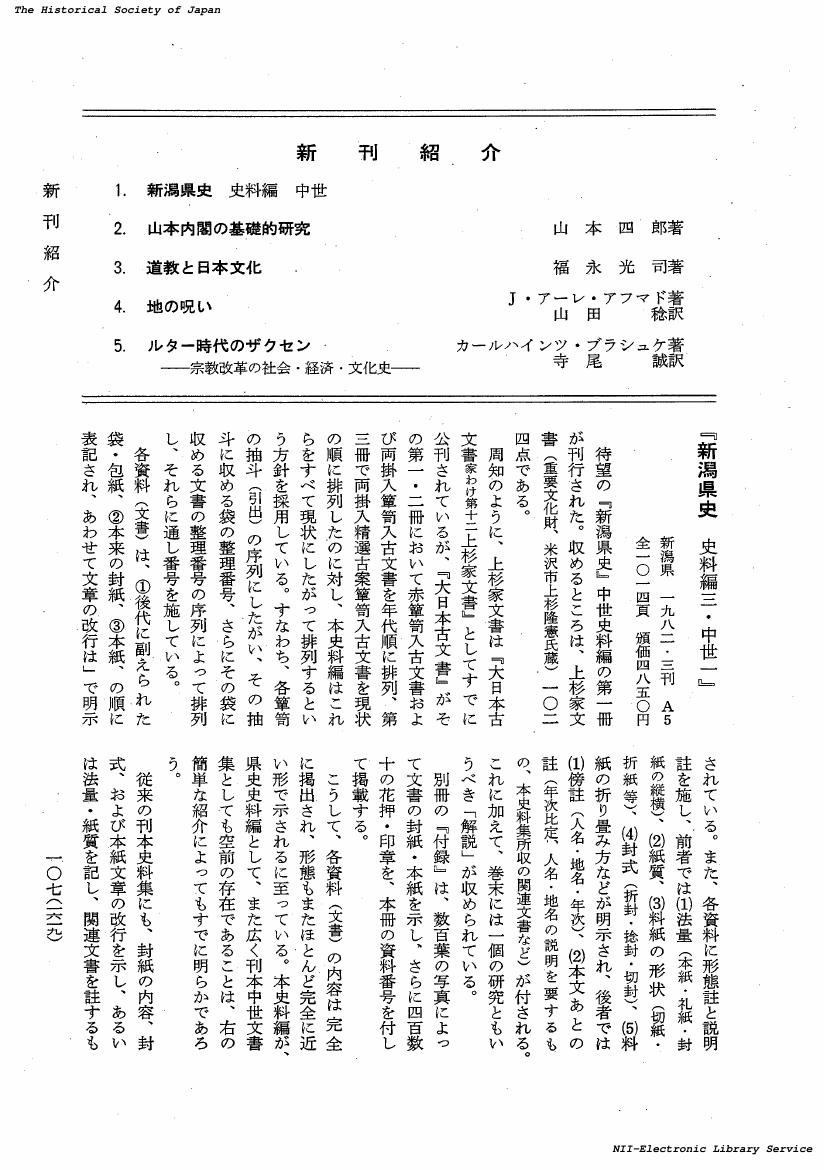5 0 0 0 OA 『新潟県史 史料編三・中世一』, 新潟県, 一九八二・三刊, A5, 全一〇四頁
- 著者
- 小林 清治
- 出版者
- 公益財団法人 史学会
- 雑誌
- 史学雑誌 (ISSN:00182478)
- 巻号頁・発行日
- vol.91, no.10, pp.1619-1620, 1982-10-20 (Released:2017-11-29)
1 0 0 0 OA 奥羽における戦国大名の成立と展開
- 著者
- 小林 清治
- 巻号頁・発行日
- no.25, 1972
1 0 0 0 OA 中国における廃棄物処理施設をめぐる紛争と構造的な環境不正義
- 著者
- 金 吉男 小林 清治
- 出版者
- 国立大学法人 大阪大学グローバルイニシアティブ機構
- 雑誌
- アジア太平洋論叢 (ISSN:13466224)
- 巻号頁・発行日
- vol.24, no.1, pp.9-24, 2022 (Released:2022-03-26)
Two anti-incineration movements that happened in the Peoples’ Republic of China have two different characteristics. The K city conflict is aggressive, and the G city movement is peaceful. Nonetheless, both in the two movements, recognitional justice, procedural justice, and distributional justice were broken. One dimension break leads to another and finally forms a chain of environmental injustice. Few of the former studies analyze environmental injustice from structural injustice theory, and this paper attempts to clarify the causes of environmental injustice in China from this perspective. This paper argues that the current waste policy of local governments in China is a choice made based on several objective constraints, such as the actual status of waste disposal and the policy from the central government. Incineration priority policy and incineration for 100% disposal policy have made local government consider a benefit-oriented position, building large-scale incineration complex. This position enhances local government reproducing the unfair structure between the beneficial sphere and costly sphere and finally causes an unintended chain of environmental injustice.
1 0 0 0 奥羽における戦国大名の成立と展開
1 0 0 0 中世阿武隈川の水運--在家の呼称を手がかりとする一考察
- 著者
- 小林 清治
- 出版者
- 東北史学会
- 雑誌
- 歴史 (ISSN:03869172)
- 巻号頁・発行日
- no.27, pp.60-63, 1964-02
1 0 0 0 東北大名の研究
- 著者
- 小林清治編 伊藤喜良[ほか]執筆
- 出版者
- 吉川弘文館
- 巻号頁・発行日
- 1984

